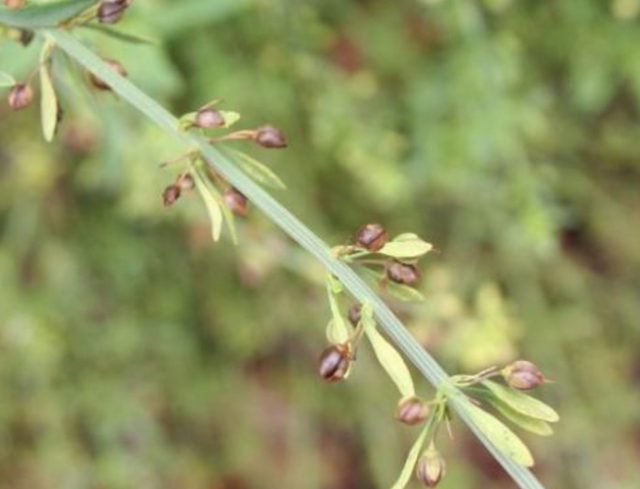
by Kalyn Waters | Aug 18, 2017
Once just an issue in Central Florida Orange groves, Goatweed (Scoparia dulcis), also referred to as sweet broom and licorice weed, is now an issue for many pasture owners in North Florida. The spread of this prolific weed has been attributed to many factors including...
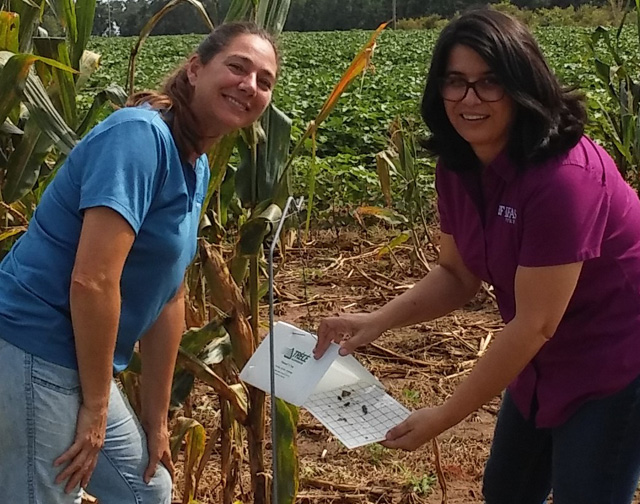
by Ethan Carter | Aug 11, 2017
Silvana Paula-Moraes began working in the fall of 2016 at the UF/IFAS West Florida Research and Education Center (WFREC) based in Jay, Florida. Originally from Brazil, Dr. Moraes completed her PhD in Nebraska. Her research has been dedicated to address several...
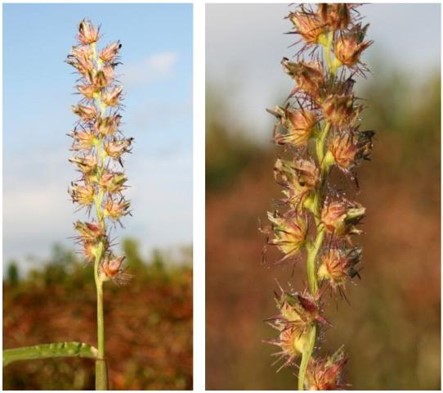
by Kalyn Waters | Aug 11, 2017
Across the Southern United States, Southern Sandbur (aka sandspur) can be found. It is an annual grass that grows in cropland and pastures, thriving in dry sandy soils. Southern Sandbur has a shallow fibrous root system and can easily invade poorly managed fields or...
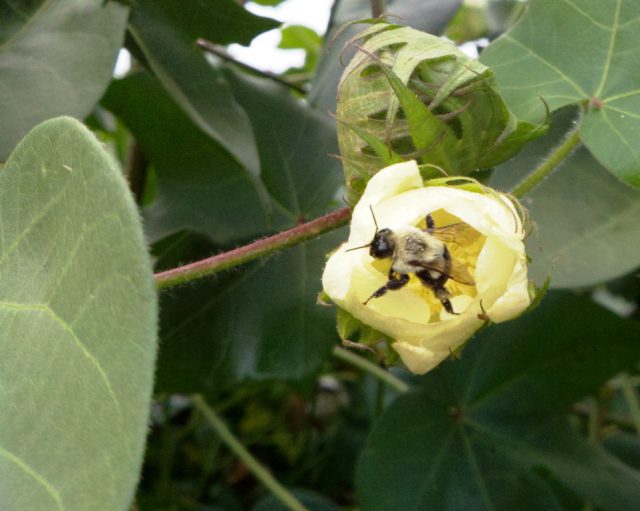
by Judy Biss | Aug 4, 2017
Overview On January 12, 2017, the Environmental Protection Agency (EPA) released its final “Policy to Mitigate the Acute Risk to Bees from Pesticide Products.” This policy outlines EPA’s label statements designed to mitigate acute risks to bees from pesticides. The...
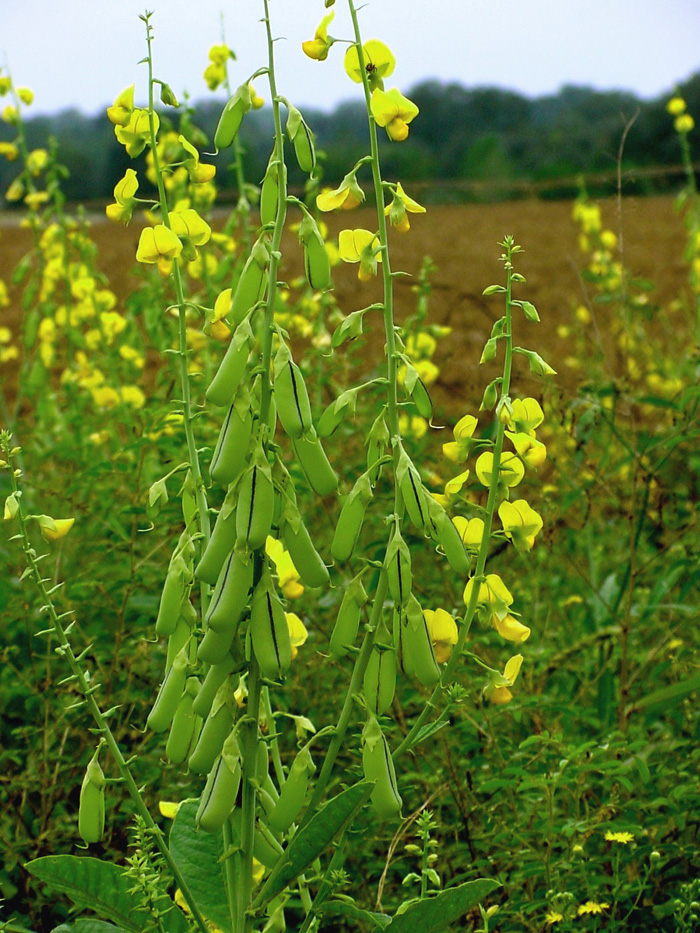
by Kalyn Waters | Aug 4, 2017
Commonly known as Showy Rattlebox, Showy Crotalaria is a fast growing summer annual that germinates in early spring and flowers in late summer. As a member of the legume family, it was brought to the United States to be used as a cover crop to help set nitrogen in dry...
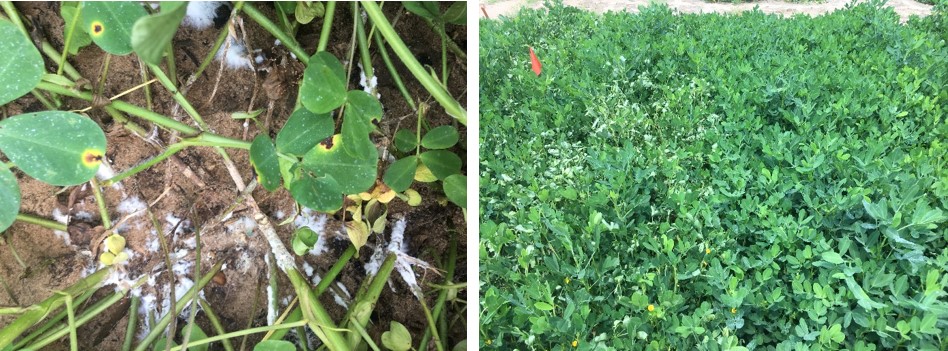
by btillman | Jul 28, 2017
The rainy June and July have been both a blessing and a curse. A blessing because the crops have not suffered for lack of water and a curse for peanut because wet fields prevented or delayed fungicide application and because it provides ideal conditions for fungal...







